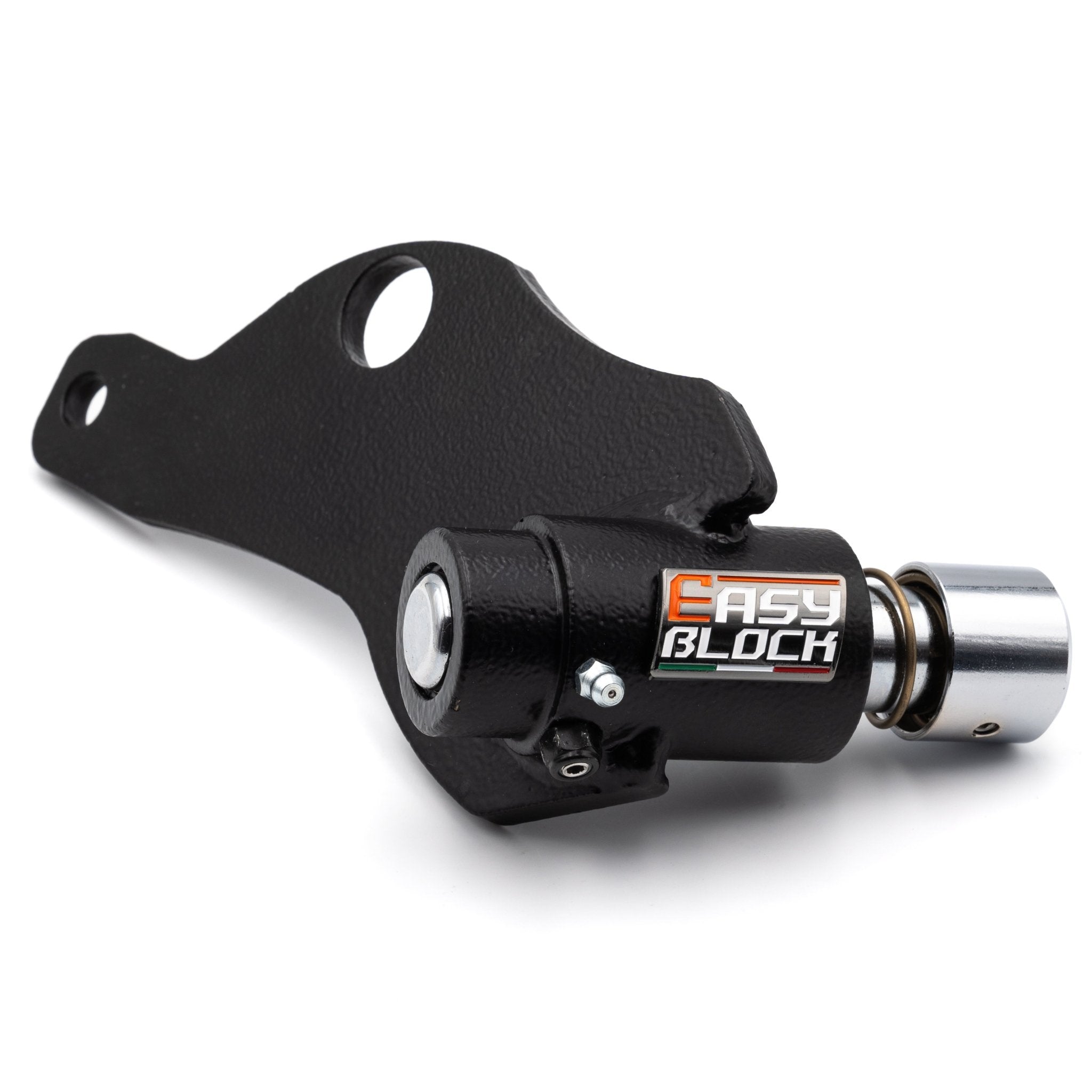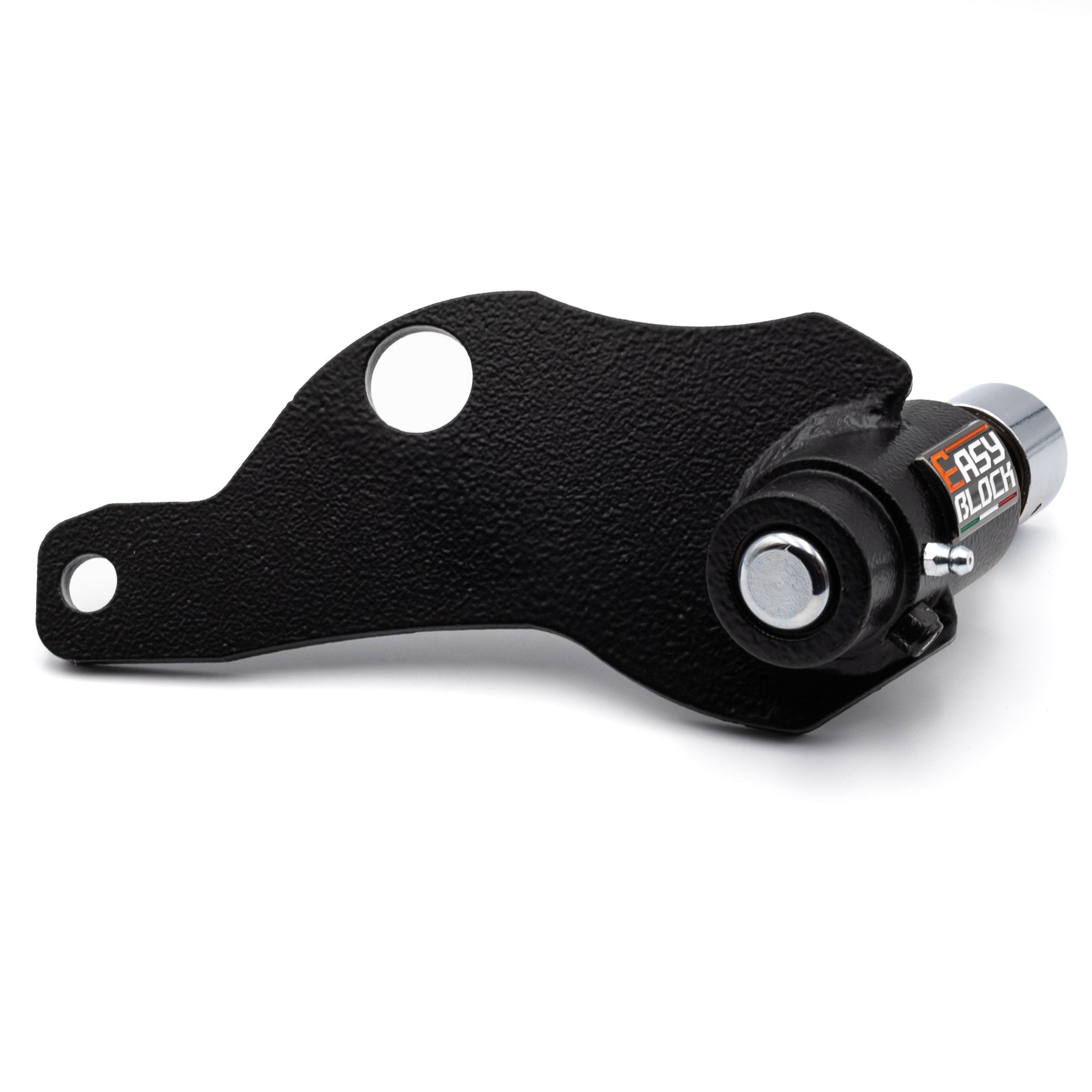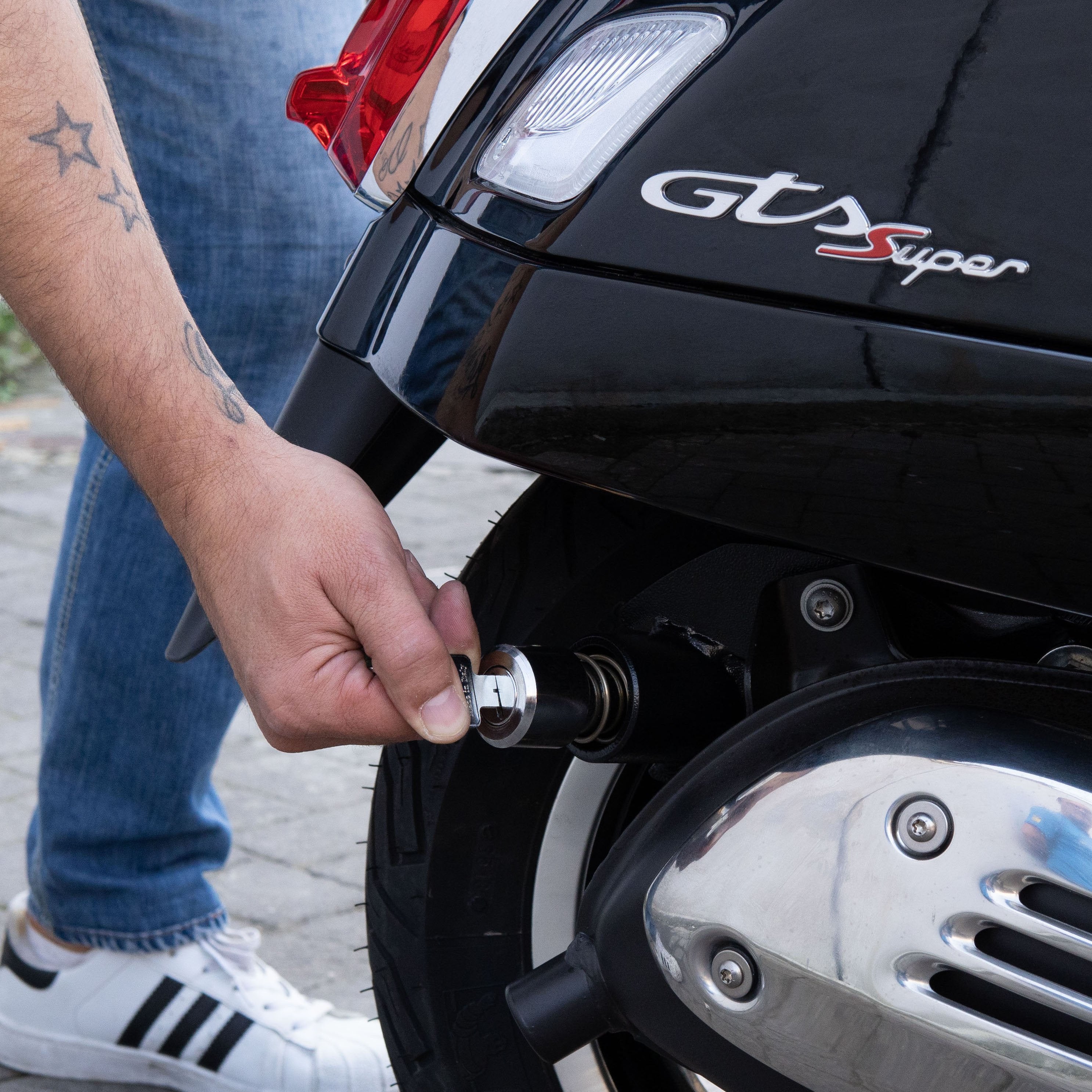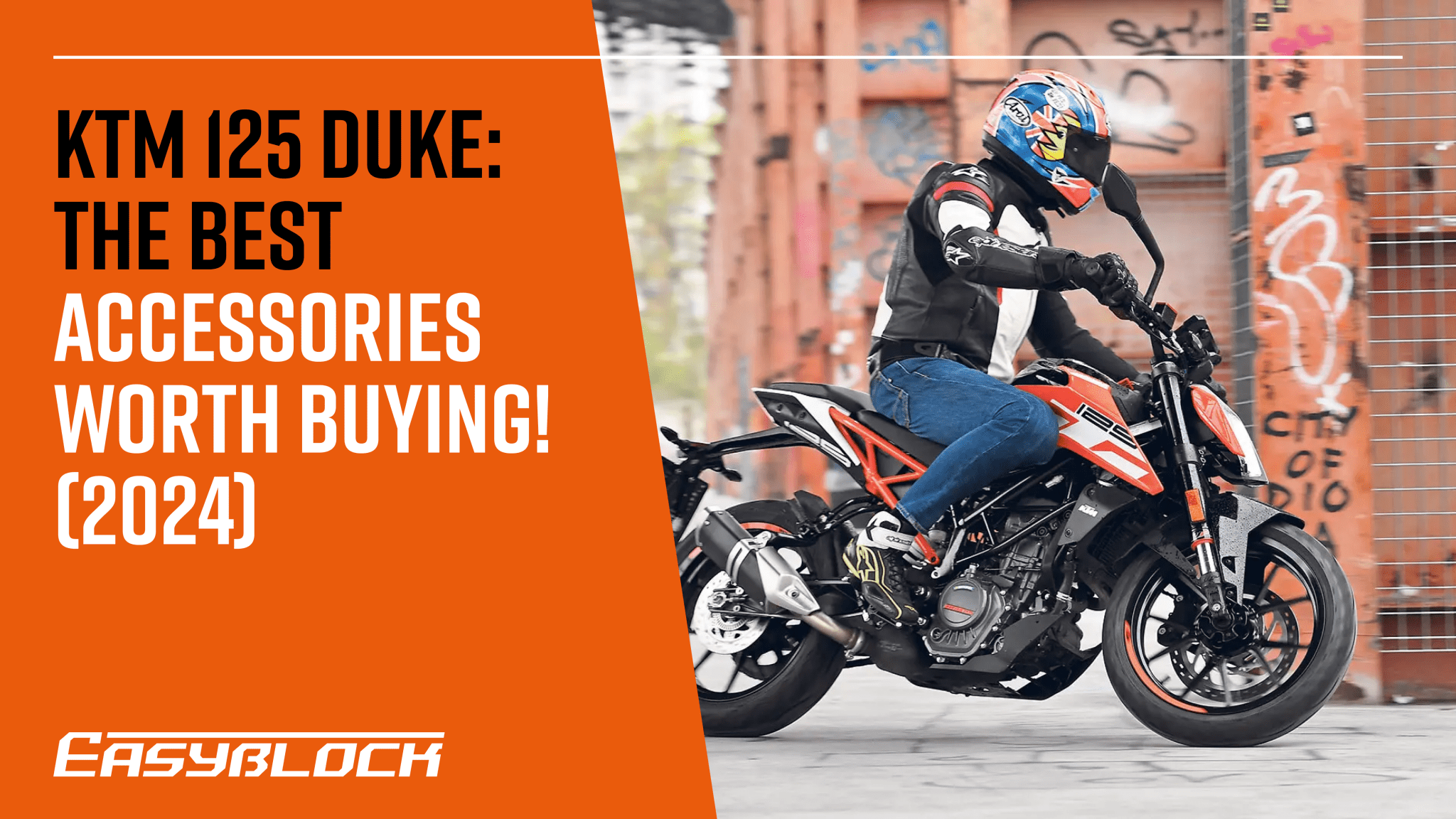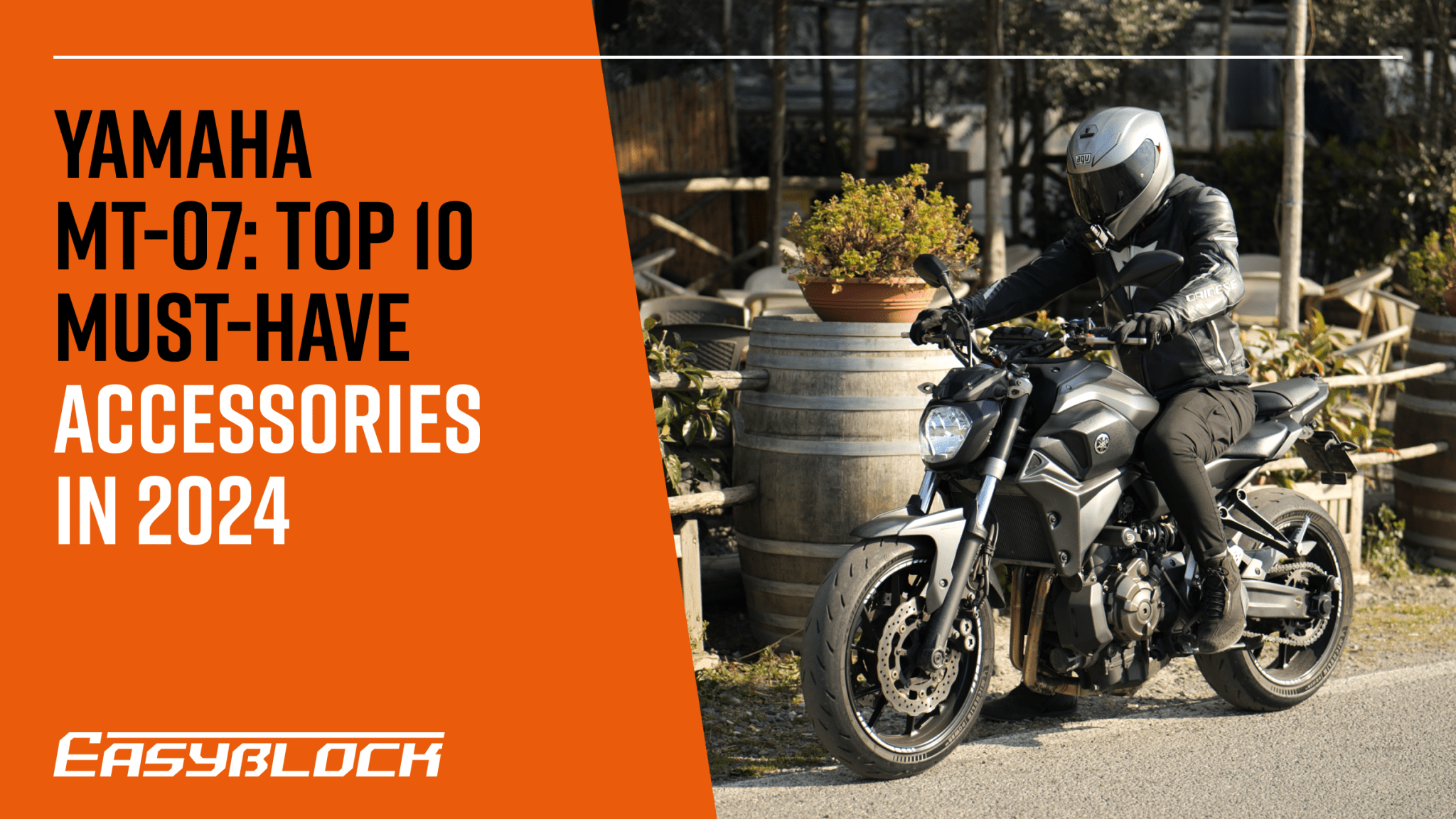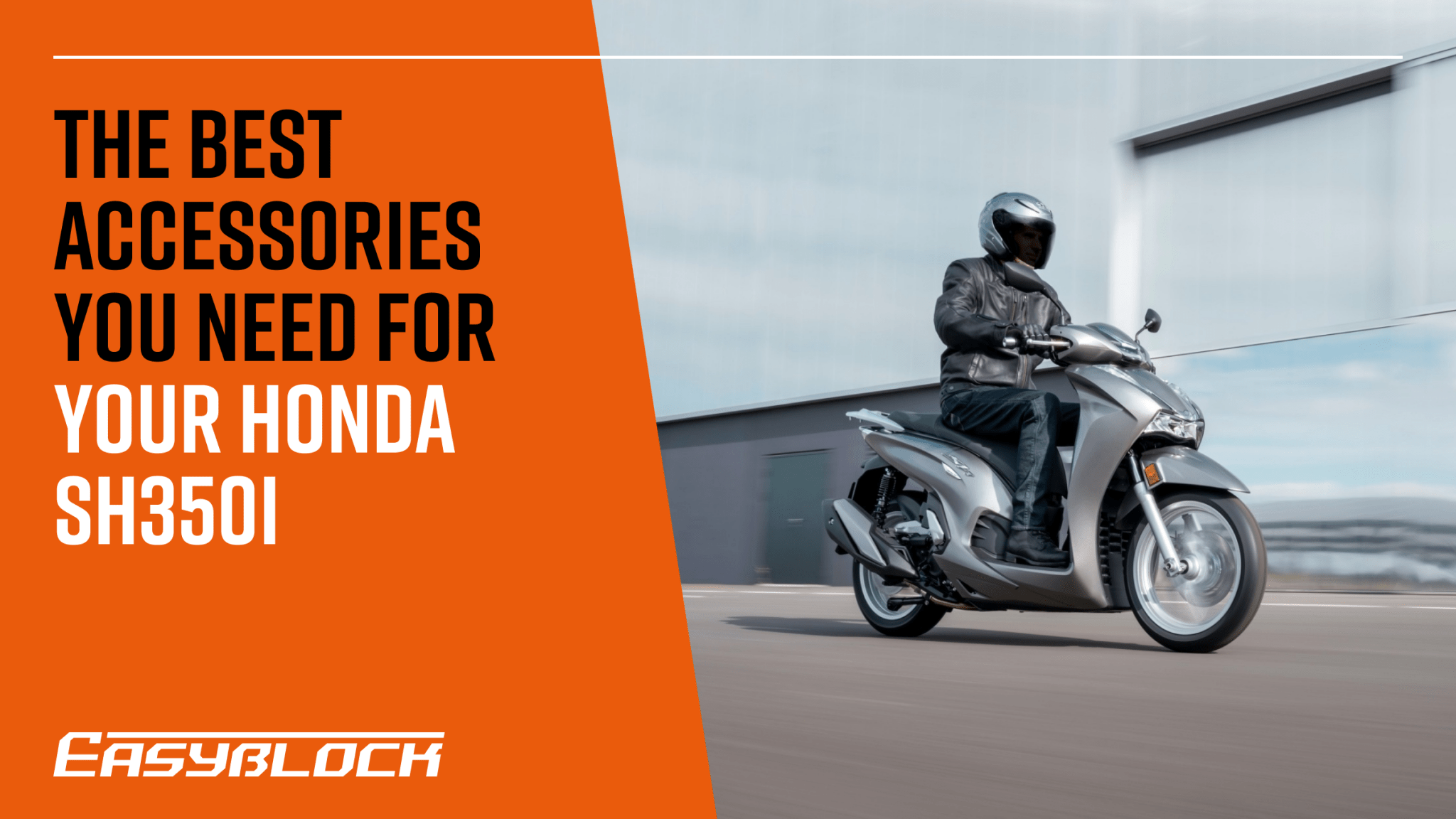How Easy Is it to Steal a Motorcycle?
The unfortunate reality is that stealing a motorcycle is relatively easy, and bikes are stolen every day. A car thief will have to deal with windows, alarms, and locks before accessing your car. A motorcycle thief, on the other hand, can simply hotwire the motorcycle and wheel it away. Even when bike locks are used, the technology is usually less resilient and sophisticated than in cars.
The reward for thieves is also often greater than the risk. They can strip the stolen motorcycle for parts and earn lots of money or ship it to eastern Europe, where it will be sold for less than the market price. If they are caught, the legal punishment in the UK is often limited to community service or a very light prison sentence.
This epidemic has affected all types of motorcycles, mopeds, and scooters, but certain bike makes and models get more attention from thieves than others. In a previous article, we listed the most stolen motorcycle brands. This article is to help you understand how motorcycle thieves operate and the mistakes that may make you vulnerable to motorcycle theft.
Read on to get the knowledge you need to make an informed decision on the best way to protect your motorcycle.
How Do Thieves Steal Motorcycles?
Stealing an unprotected motorcycle is a walk in the park for bike thieves. And the availability of portable cutting tools and lock-picking techniques makes even protected bikes vulnerable. These criminals use a variety of methods and tools when stealing motorcycles, and we will discuss each of them below.
Hot-wiring the Bike
The target is usually an unsecured motorcycle, and such thefts tend to occur at night. Such a thief will typically target the bike when he is certain the area is deserted, or he may have noticed that it is parked in the same place every day and monitored the timings of the owner.
A quick YouTube search will provide the aspiring thief with all the information needed to hotwire your bike. The tools are limited to a screwdriver, wire, and electrical tape. The thief will use the screwdriver to open the key switch connector and access your ignition terminals. Once the wire is used to complete the disconnected circuit, the lights should come on. The role of the tape is to secure the connection and ensure the wire doesn't fall off.
You can protect your bike with a hidden kill switch. When it is activated, it stops electricity from reaching the spark plugs, making it impossible for the engine to start. A thief that tries to hotwire your bike won’t be able to move it unless the switch is disabled.
Disabling the Security System
Here, the thief picks your motorcycle lock, jumpstarts the engine, and then casually rides away with your bike. Bystanders and passersby may simply assume that the person hunched over your motorcycle lock is the owner and not a thief picking the lock.
An expert only needs a flat-head screwdriver and something to press the pins inside. The whole process will probably take three minutes at most. To protect your bike, you should use multiple security systems. The more hoops the criminal needs to jump through before stealing your bike, the more likely it is that the thief will find another target.
Cutting the Security Chain
The tool can be portable, like a cable cutter, hacksaw, bolt cutter, or crowbar. Bigger and more sophisticated tools like angle grinders and hydraulic bottle jacks can also be used. The tool of choice will depend on whether the theft is opportunistic or planned.
An operation where the thief spots a motorcycle that is secured with cables or puny chains and uses a cable cutter or bolt cutter to cut through is considered opportunistic. Portable cutting tools are easier to conceal and thus more suitable for spur-of-the-moment thefts. On the other hand, angle grinders and hydraulic bottle jacks are used when the thief has monitored the victim for some time and is aware that the target uses a resilient security chain. Planned operations are usually done when the location is deserted or the owner is asleep at home.
The good news is that a heavy-duty chain or a decent disc lock will be enough to deter opportunistic bike thieves. To deal with professional thieves that carry out planned operations, you will need backup security systems like alarms and GPS trackers.
Uprooting the Anchor Pole
This type of theft can occur when you chain your motorcycle to a street object like a fence post or sign that can be easily uprooted by motorcycle thieves. The thief will simply dismantle the pole and ride off with your bike without having to spend time cutting through your security chain.
Preventing this type of theft is straightforward. Always secure your motorcycle to a solid, immovable object like a lamppost or railing.
Wheeling the Bike Away
This is the easiest way to steal a motorcycle, and it hardly ever attracts the attention of people nearby. The operation is simple. The thief will put your gear in neutral, grab the handlebars and front brake, retract the kickstand, and wheel the motorcycle to a hideout nearby.
It will only take the thief a few seconds to nick your bike, and people will just assume the criminal is the owner of the motorcycle. The target is often someone that leaves a bike unsecured to grab something quickly or to deliver a parcel as a delivery rider.
The best way to protect your motorcycle if you are a delivery rider or a commuter that makes regular stops daily is to use the EasyBlock wheel lock. The lock is pre-installed on your motorcycle and you just need to push the knob in with your foot to activate it. It's a two-second process that is perfect for time-pressured situations and quick stops.
The Man and a Van
Motorcycles are lightweight, and a few brazen thieves can easily lift a motorcycle, load it into a waiting van, and make a quick escape. There is no need to spend time cutting through security locks or overriding the ignition. All they need are four men at most to lift even the heaviest of bikes.
Just picture this scenario. A few motorcycles are parked in front of a bikers pub in Kent. While everyone is busy listening to the band on stage, a van backs up quietly to the entrance of the pub. Four burly men come down from the van and head toward the motorcycles. They made a beeline towards two motorcycles chained to each other and, with a quick heave, lifted both bikes into the van. They shut the van doors and made their escape. The whole incident probably lasted 60 seconds, and two motorcycles were just stolen in front of a dozen eyewitnesses.
The scenario we just described is a very probable operation, but happen often within cities. You can counter such thieves by using a GPS tracker. The tracker won't prevent the theft, but it will help you trace and recover your bike.
Bike Jacking
This is the most dangerous of the motorcycle theft methods on this list. Here, a group of thieves on motorcycles will trail the target until the victim rides into a suitable location. One of the criminals will ram the motorcycle, while the other will push the owner off the bike. The thieves will then ride off with the bike.
This kind of theft can happen at gunpoint, and even if they are not armed, they can get very violent if you resist. It’s best in such situations to remember that a motorcycle can eventually be recovered, but it is not worth the danger of getting attacked by a gang.
Situational awareness is the only way to protect yourself from this type of theft. If you feel you are being trailed by a dangerous group of people, you can ascertain their intentions by increasing your speed. If they speed up to keep up with you, then they have bad intentions. The next thing to do is to get to a crowded location as fast as you can while keeping some distance between yourself and your pursuers.
Common Mistakes Motorcycle Riders Make
Most motorcycles get stolen because their owners are oblivious to the threat and leave their bikes vulnerable. Motorcycle thieves tend to go for the path of least resistance, and an unwitting motorcycle owner is just the type of target they are looking for. Below are some mistakes that can make your bike vulnerable to thieves:
Parking in a Deserted Location
Leaving your motorcycle unattended in a deserted location, even for a quick errand, is enough time for seasoned thieves to nick your bike. Fortunately, thieves hate crowds and well-lit locations. You should always park your motorcycle in well-lit areas with lots of passersby. The parking lot should also have a CCTV camera.
Using Feeble Security Systems to Protect Your Bike
Most motorcycles come with steering locks, and you may be inclined to believe they offer enough protection. This perception is wrong because the steering lock can be easily defeated. Cable locks, light chains, and cheap U-locks don't offer much protection either. You should opt for more resilient security options like heavy chain locks, disc locks, and the EasyBlock wheel lock.
Not Using Multiple Security Systems
A motorcycle thief is always under time pressure because the criminal doesn’t want to get caught. If you use a single security system to protect your bike, a thief that is well-versed in dealing with such a lock will be emboldened to make a move. However, if the thief sees that your bike is protected by multiple systems that require diverse expertise and several more minutes to dismantle, chances are, the thief will avoid your bike.
Not Garaging Your Bike When at Home
Leaving your motorcycle out in the open overnight, even with security systems in place, is a very bad idea. A thief that is afraid of passersby in the parking lot during the day will have hours to dismantle the security systems of your exposed bike at night. Garage your motorcycle and put alarms in place. You should also secure your bike to a ground anchor to make it impossible to steal for grab-and-go thieves.
The Bottom Line

The best way to deal with these hooligans is to have a secure motorcycle. Fortunately, there are lots of motorcycle theft prevention systems out there, including chain locks, disc locks, u-locks, GPS locators, and alarms.
However, these systems are not always practical for users like delivery riders and commuters who need to make multiple quick stops daily. There is no time to set up security systems like chain locks, disc locks, and croc locks when you need to make a quick delivery, hop on your bike, and get to the next customer in as little time as possible.
The EasyBlock wheel lock is the perfect solution to this problem. It can be activated with a simple push, and there is no need to spend minutes setting it up. To unlock it, you just need to insert the key and turn the knob. The lock is also resilient and it will protect you from all the opportunistic stealing methods covered above in the article.
Each EasyBlock wheel lock is designed to fit a specific motorcycle and model. You can order the right lock for your bike on our website or from any of our dealers in London. Videos are available on our website and YouTube channel to guide you through the installation process.





